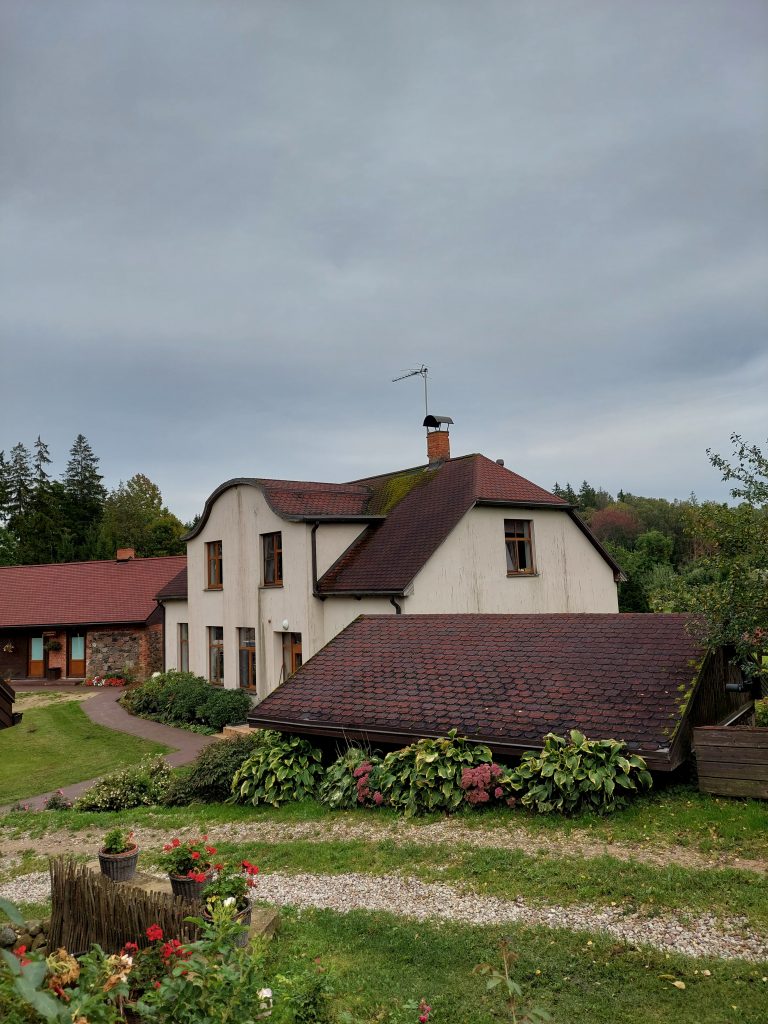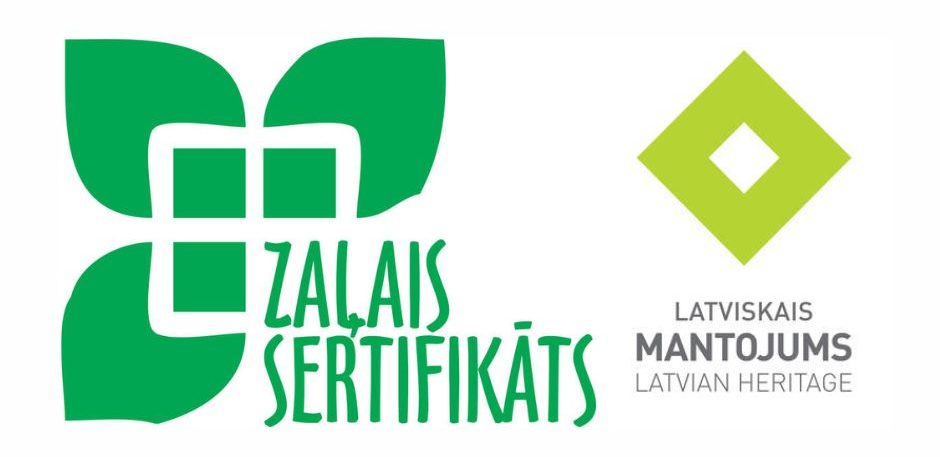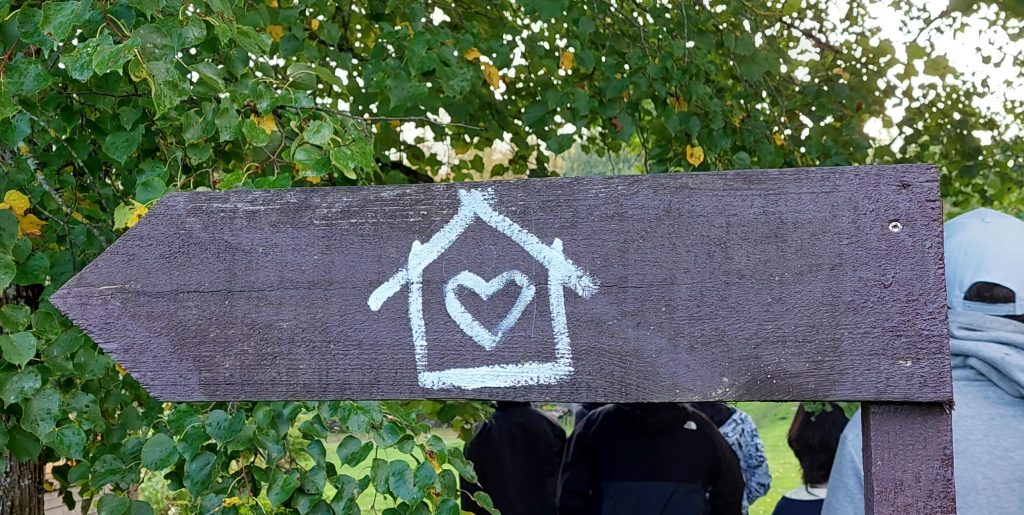Sustainability has been a trend in the tourism field for quite a while now. Tourists as well as tourism companies are more aware of their actions and want their choices to have positive impacts. In this blog post, I will discuss rural tourism and sustainability and how the two can be combined.
What is rural tourism?
According to UNWTO (2023), rural tourism is defined as tourism that focuses on nature-based activities such as fishing, agriculture, rural lifestyle and culture as well as sightseeing. This shows that though rural tourism is its own type of tourism, it can still be part of nature and cultural heritage tourism.
Tukums municipality has a lot to offer for rural tourism. A few examples include many different types of farms, workshops, fishing villages, and multiple hiking and nature trails scattered around the region. (Visit Tukums 2023.)
During our study tour in Tukums, we got to visit some of the mentioned rural tourism destinations. Although we only visited a few places, I still got a good overview of the current state of rural tourism in the area. As the name suggests, the companies were indeed in the rural areas and they offered a wide range of activities.

Ecolables as sustainability indicators
Latvia offers some sustainability certificates, which companies can use to show weather they are sustainable or not. The first one is Green Certificate which focuses specifically on rural tourism destinations. Currently there are over 80 companies that have the certificate in Latvia (DestiNet 2023).
The second label is Latvian Heritage, which is for companies that preserve and promote Latvian heritage and culture. Although the certificate doesn’t directly focus on sustainability, it can indicate companies that utilize local products and workforce.

Of course, ecolabels aren’t the only way to define sustainability. However, they may make the destination more attractive to travelers who are passionate about sustainability. For example, some places in Tukumus utilize these certifications. An example is the Country house Indāni, which has both of the mentioned labels.
Best practices for utilizing sustainability in rural tourism
Thus, I will present you with some practical examples of how rural tourism destinations can utilize sustainability. These “best practices” are based on prior research and observation done at Tukums region.
- Use local and self-grown products: For rural tourism this shouldn’t be too difficult since most places already grow their own produce.
- Provide nature-friendly activities: With sustainability, protecting nature is key. Therefore, it’s important to make sure your activities aren’t too damaging on the nature.
- Recycle when possible: A quite obvious example, but important to keep in mind!
- Marketing for smaller groups or individuals: Focus on smaller groups or individuals since it helps to decrease mass tourism.
- Invest in sustainability certificates: It could be financially difficult for smaller businesses to acquire, but it will be useful for tourists and in marketing your destination.

Hopefully you got some new ideas or insights about combining rural tourism and sustainability!
What a journey it has been to get to know Tukums through rural tourism. If you’d like to familiarize yourself with nature-based tourism in Tukums, make sure to check Lily’s post. She makes some great points about development issues.
Do you have some sustainability tips of your own? Add them to the comments below!
Sources
DestiNet 2023. Green Certificate, Latvia. Accessed on 18 October 2023 https://destinet.eu/resources/certificates/green-certificate-latvia.
UNWTO 2023. Rural tourism. Accessed on 17 October 2023 https://www.unwto.org/rural-tourism.
Visit Tukums 2023. What to see? Accessed on 17 October 2023 https://www.visittukums.lv/en/What-to-see/Castles-and-manors.